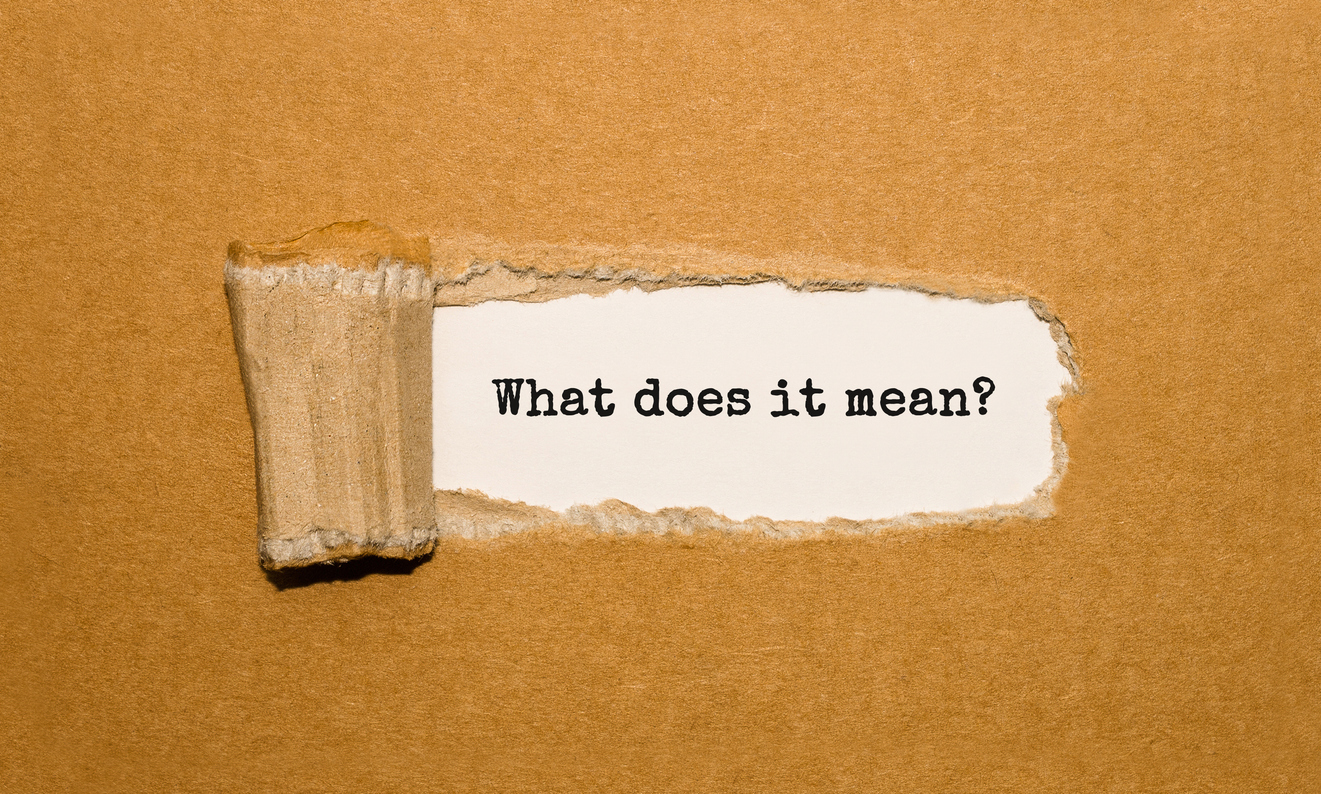The buzz amongst policyholders about what insurance owe for additional living expenses due to the Northern California Wildfires is still going strong as Southern California braces this week for Santa Ana winds. With predicted gusts up to 70 mph, Southern Californians are in real danger of the potential for wildfires. Recently, I’ve received quite a few calls from victims of the Northern California wildfires asking what their rights are under their additional living expenses portion of their insurance policies. Most policies limit policyholders to one year of additional living expenses (ALE) or the reasonable time to rebuild. In the recent Northern California wildfires, California Governor Jerry Brown declared a State of Emergency which means that every policyholder with proper additional living expense coverage under their policy has an extension of an additional year for ALE.
The extension of time for ALE means that policyholders now have a potential of two years of coverage for ALE while their homes are being rebuilt. The State of Emergency declared by the Governor means that policyholders have extra breathing room. With the number of houses burnt and total losses, the rebuild process in Northern California as a result of the wildfires means a longer timeframe to rebuild. Although many insurance companies are advancing payment of ALE, it does not mean that the insurance company must provide two years of ALE upfront. ALE means additional living expenses, which is the out of pocket costs a policyholder incurs above and beyond their normal living expenses. It is not inappropriate to ask the insurance company to provide advances so deposits and rents can be paid for a certain time frame.
In some instances, policyholders are telling me that a few months have been advanced but they want to know if the insurance company will advance two years upfront. In most instances, we’ve found that asking for the two-year advance may be rejected. During these conversations, I remind policyholders that it’s important to properly document ALE so an insurer can see a paper trail of the ALE expenditures. I recommend paying in credit card or check so transactions for ALE can be proved and documented. Get receipts and make sure receipts are printed and kept in a file or scanned into a digital file for the future. If ALE is questioned by an insurer as to what you spent, having the proper documentation can avoid the frustration of examinations under oaths or the risk of an insurer asking for ALE monies returned because they feeling the expenses are not in addition to the normal expenses a policyholder would have incurred without the fire loss.
While the declaration of the State of Emergency prolongs the time period of ALE, many homeowners in Northern California will find that contractors are now in high demand and the time frame for rebuilding may take more than two years. Rebuilding is a coordinated and difficult effort, rents for ALE are high, and leases difficult to come by for victims of the wildfires in Northern California. Getting through the process of the insurance claim is difficult and prolonged with the number of claims, therefore the extension for two years is welcomed, but substantiating the ALE claim with documentation is crucial.



